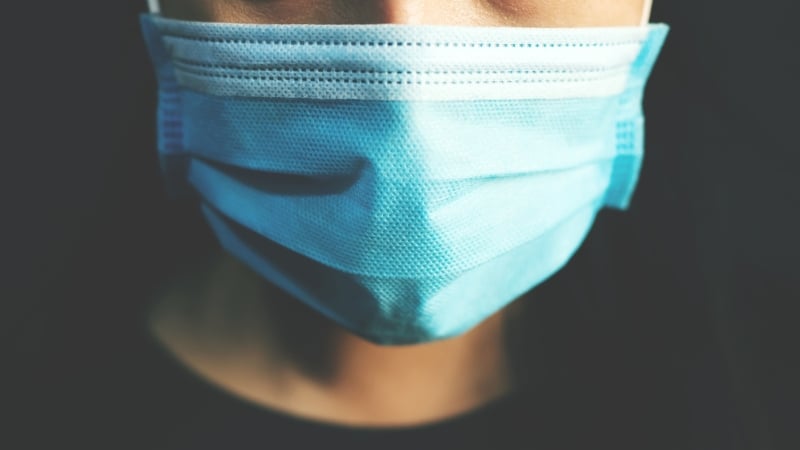
“Thank you” seems like a trite thing to say to those who faced a global pandemic head-on, but it cannot be said enough. As we start to slowly start to return to “normal,” it’s easy to see how the tireless work of frontline health care workers across the country helped to get us here.
This virus has caused unconscionable pain and suffering. And the toll would have been much worse if not for health care workers doing everything they could to keep a buckling health care infrastructure from caving in.
At the height of the pandemic health care workers felt helpless in the face of a climbing death toll. Hospital capacities were nearing their breaking point. Doctors, nurses, and other health care workers faced unprecedented caseloads. They stretched themselves incredibly thin to get us to the other side.
The toll of burnout
Before the pandemic, surveys showed that burnout among physicians had been dropping. At the beginning of 2020, things looked promising. Burnout affected 42% of physicians, down from 46% in 2015.
But when COVID-19 hit, it halted that progress. The pandemic forced medical professionals to work harder and longer, often without seeing loved ones.
The result? Emotional exhaustion and a shift from empathy to feeling cynical or numb. Understandably, this can impact doctor-patient relationships and can interfere with quality patient care.
Outside of the clinic or hospital, burnout causes some health professionals to feel depressed or struggle with their personal relationships.
One Blue Cross and Blue Shield of North Carolina employee, Linda Neufang, shared about the toll her sister faced as an ER nurse.
“She felt like friends and family were afraid to touch her or be around her,” Linda said. “That was kind of a defining moment for me in just a small glimpse into what our health care workers were dealing with.”
Of course, the effects are not limited to doctors and nurses. All health care workers–pharmacists, lab technicians, scientists, therapists, and all other 14.3 million health care workers across the country–faced significant challenges.
How can we protect medical professionals from burnout?
1. Embrace technology
Overpacked schedules were a primary cause of burnout even before COVID-19. Physicians’ schedules didn’t always allow for them to see patients and to take a breath and recoup.
Luckily technology provided some support. With the pandemic transitioning everything online, telehealth services became more widespread. Telehealth provided physicians the flexibility to see more patients while keeping their schedules open to tend to urgent issues or provide time for other work.
According to Physician’s Weekly, telehealth visits could also provide better conversations with patients. Some patients feel more open to talking about difficult subjects when they are in the comfort of their own homes, which has the potential added benefit of providing better care.
2. Balance schedules
Another way to counteract burnout is to ensure hospitals and practices are staffed appropriately.
At the start of the pandemic, we heard all about “flattening the curve,” the strategy to stay inside as much as possible to avoid overwhelming the health care system. Part of the reason why flattening the curve was so critical was because many hospitals and practices are short-staffed.
Surveys have shown that 40% of practices have experienced staffing shortages. Making sure there is enough staff to handle caseloads is critical for the mental health and well-being of workers.
The pandemic exposed the cracks in the current system. It renewed focus prioritizing staffing shortages.
3. Provide mental health support
The pandemic also highlighted a need for mental health resources for those in the health care field.
Unfortunately, by the end of 2020, only 13% of providers had sought support for pandemic-related mental health concerns. Some providers said stigma prevented them from seeking care. Others were worried about how their colleagues or bosses would view them.
But health workers’ mental safety should be just as much a priority as their physical safety.
Thankfully, the American Psychiatric Society and others have stepped forward with resources aimed at helping health care workers.
The pandemic has put tremendous strain on all of our lives, none more so than front line workers–in health care and beyond. They sacrificed their time, energy, and safety in many ways. To repay their efforts, we should be giving our frontline workers every advantage possible in the ongoing fight against COVID-19 and beyond.
The post Health care burnout has never been more real. Is it fixable? appeared first on Point of Blue.
Original Article










